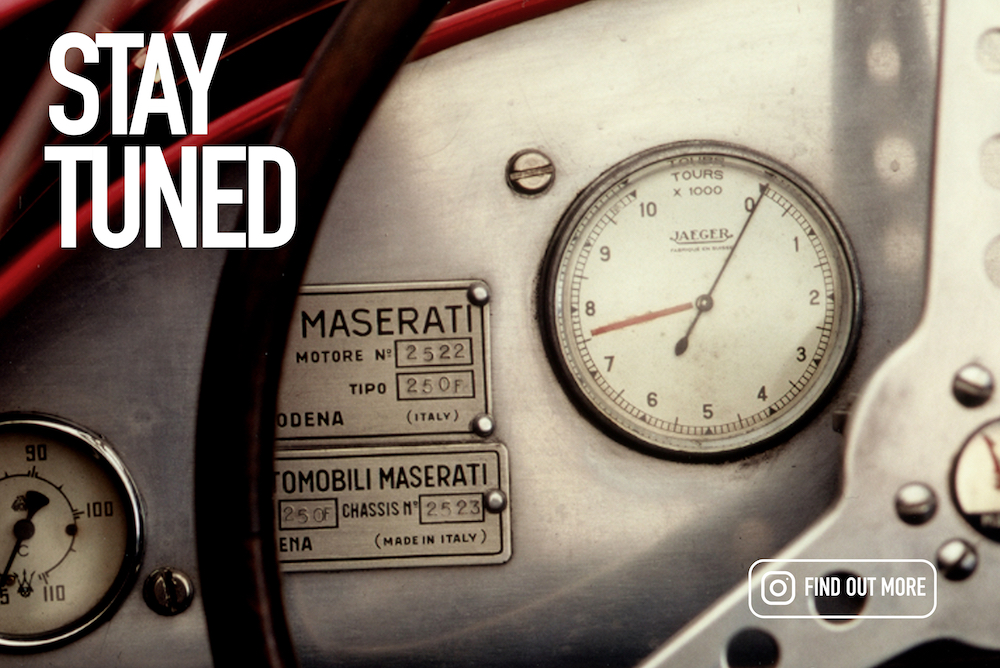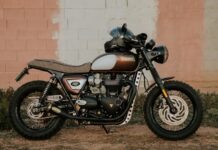The Shelby Cobra story has been told a million and one times, but that’s because it’s a damn good one. Built for a few brief years in the 1960s, real-deal Cobras became famous on both road and race track, and today car people all over the world would love to have one in their garage. Yet the real thing is quite rare (only about 1000 examples of all types were built), which means car people all over the world can’t afford one.
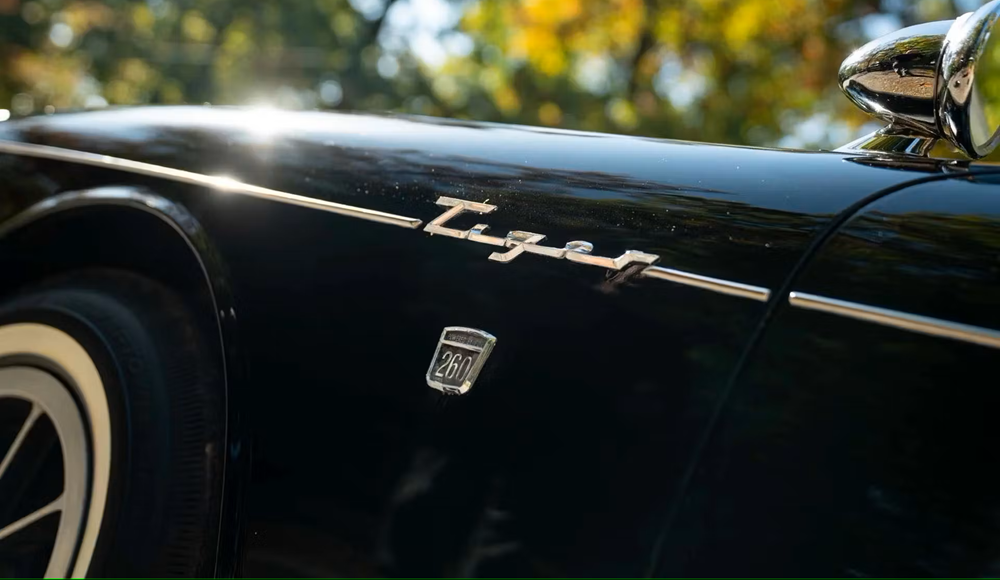
If your bank account can’t swing a genuine Cobra, the most practical thing would be to shop for one of the countless kit cars, replicas, and continuation Cobras out there, but there are also plenty of classic cars that act as Cobra substitutes. Some simply follow the same Cobra playbook—small roofless British sports car plus American V-8 motivation—while a couple have a genuine connection to the Cobra itself. Let’s run through the choices, starting at the cheapest and ending with the genuine item.
Triumph TR8
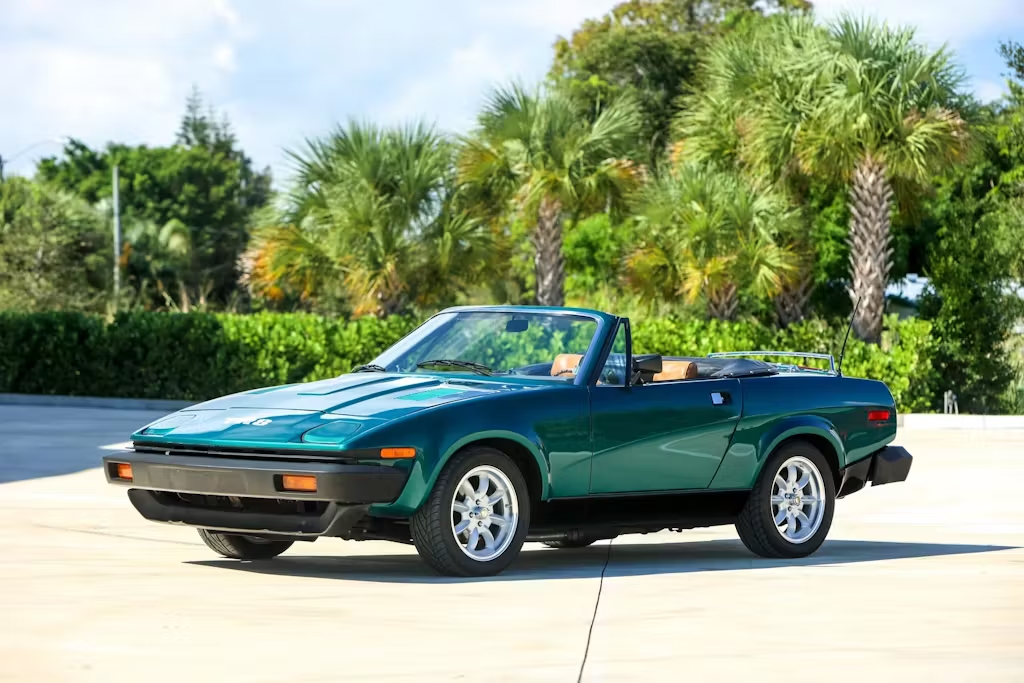
Comparing the TR8 to the Cobra is a bit of a stretch. One is a Malaise Era doorstop on wheels that looks just like a car featured prominently on countless “worst of” lists. The other is a curvy ’60s dream car featured on countless bucket lists. But the TR8 does conform to the same formula of little English two-seater plus American (sort of, in this case) cubic inches, and it’s the only car on this list that can truly be considered “cheap.”
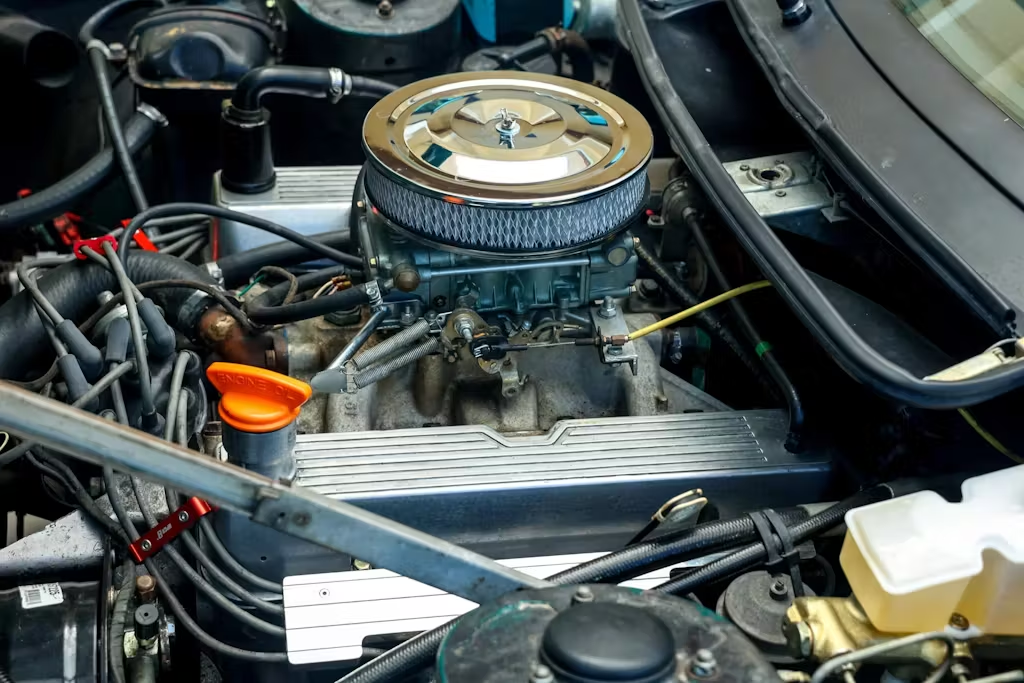
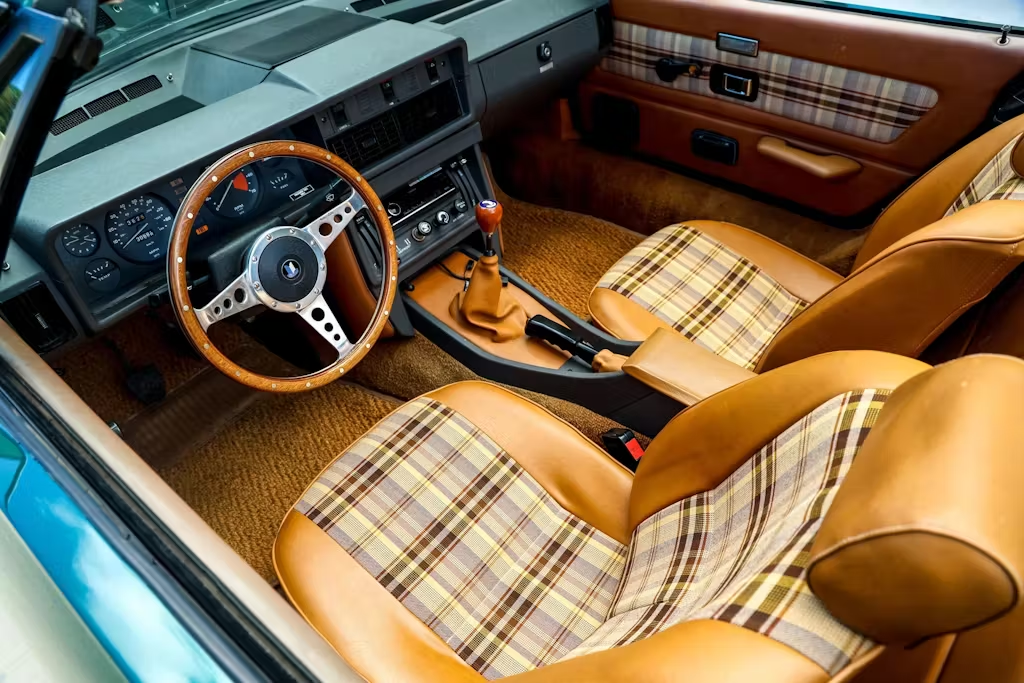
Triumph launched the TR7 coupe in 1976. It faced an immediate one-two punch: scathing criticism of its looks (we’d argue they haven’t aged so badly) and an anemic four-cylinder. Poor quality control and common failures also plagued early examples. A convertible TR7 in 1979 and the TR8 shortly after were British Leyland’s attempts to silence the haters. The TR8 brought a monstrous boost in performance thanks to the aluminum 3.5-liter V-8 snatched from Triumph’s corporate cousins at Rover. Originally developed by Buick in the early ’60s, the overhead-valve eight powered several Buicks, Pontiacs, and Oldsmobiles before Rover acquired the rights and tooling. In the TR8, the engine never made more than 140 horsepower, but a Rover V-8 is both torquey and tunable, and it completely transformed the sub-90-hp TR7. At $11,000–$12,000, it was also reasonably priced. For Road & Track, “the only other thing we could ask for is good looks.” That said, oh-so-Seventies touches like plaid seat inserts and door cards, as well as period colors like “Persian Aqua,” are charming today.
Most sources point to about 2750 total TR8s produced, which isn’t many. Yet the guilt by association with the TR7 has kept values remarkably low. The current condition #2 (excellent) value is $24,000, and a TR8 in #3 (good) condition is worth just $12,200.
Daimler SP250
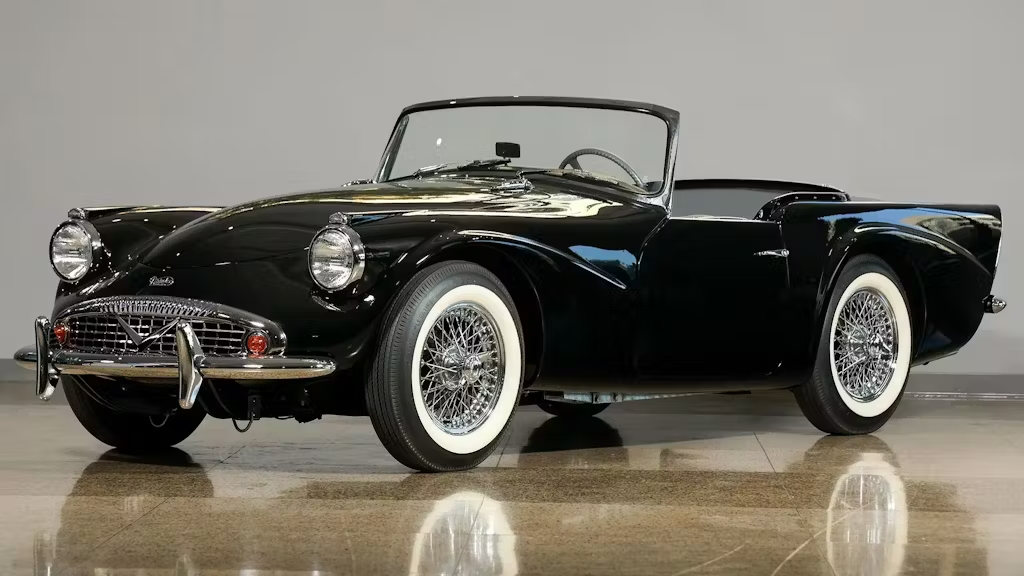
In the 1950s, Daimler was a stodgy carmaker mostly catering to the British upper classes (including royalty) with limousines and hearses, so for that same company to introduce an open sports car with goofy-looking fiberglass bodywork and a V-8 engine was definitely out of left field, or whatever the equivalent of left field is in cricket. Introduced at the 1959 New York Auto Show, it was originally the “Daimler Dart” but, after a strong objection from Chrysler, Daimler soon swapped “Dart” for “SP250.”
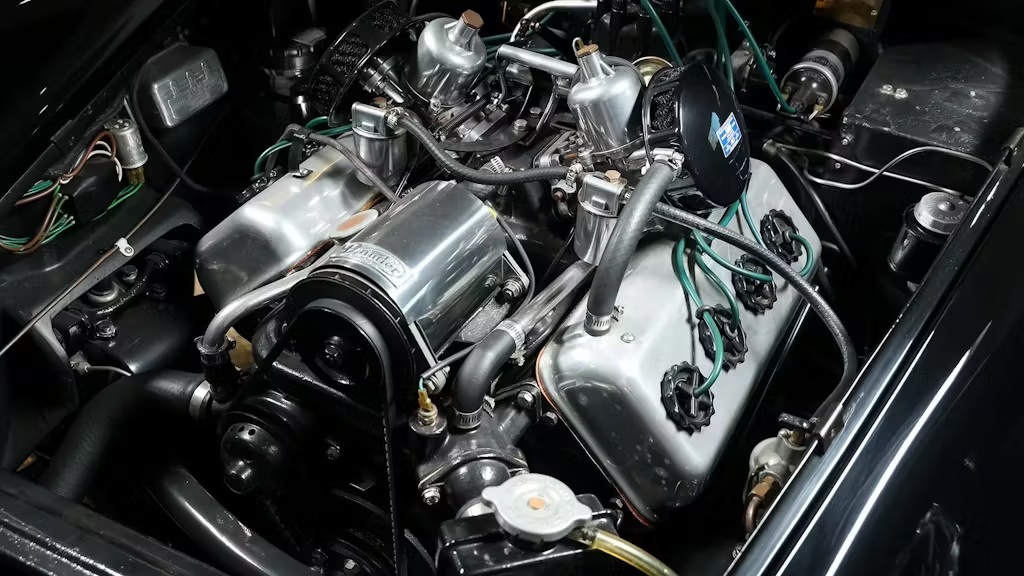

The specifications of the new Daimler were promising. Its 90-degree, 2.5-liter hemi-head V-8 yielded about 140 hp and 155 lb-ft, it weighed barely a ton, and its four-wheel Girling disc brakes were exotic stuff at the beginning of the ’60s. The looks, however, are polarizing. There are plenty of ’50s sports car cues and flourishes, but the end result almost looks like a caricature or, as many have observed, a catfish on wheels. Early cars also suffered from a lack of rigidity, but this was largely improved from 1960 onward. Daimler sold roughly 2500 SP250s from 1959 to 1964.
It’s neither as pretty nor as quick as a Cobra, and its V-8 came from British saloons rather than American pony cars, but it’s also not particularly expensive. Currently, the #2 value is $49,600, and the #3 value is $29,700.
Sunbeam Tiger
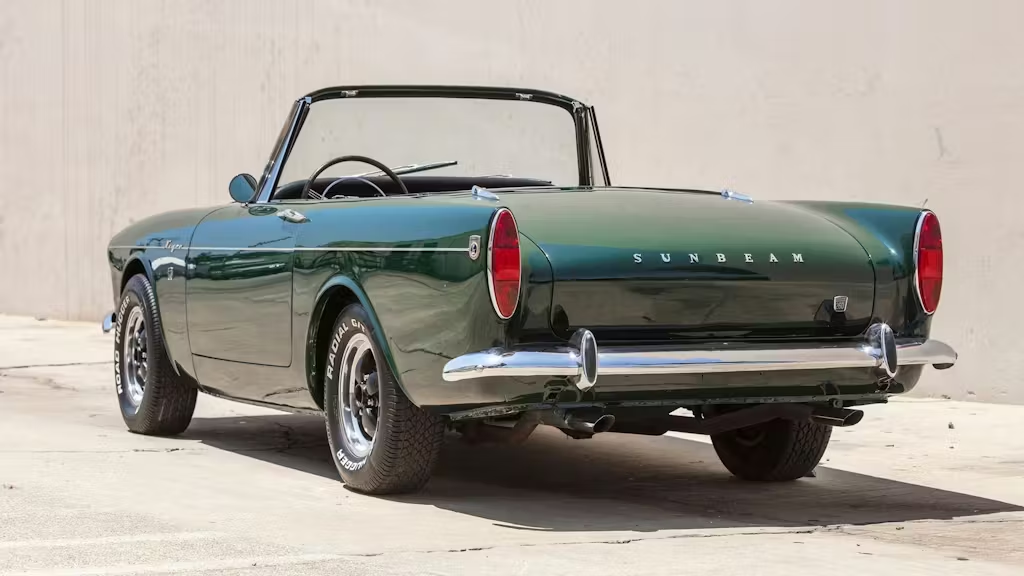
Unlike the Triumph and the Daimler, the Sunbeam Tiger does have a direct connection to the Cobra, and was in fact inspired by it. Sunbeam’s four-cylinder Alpine consistently sold well in the U.S., but the company’s West Coast sales director Ian Garrad saw what Carroll Shelby had done with the Cobra and figured the little Alpine could benefit from the same treatment. After Shelby and Ken Miles built early prototypes, and after Lord Rootes (who owned the Rootes Group, which owned Sunbeam) gave the green light, Sunbeam contracted with Jensen to assemble the new V-8–powered Tiger starting in 1964.

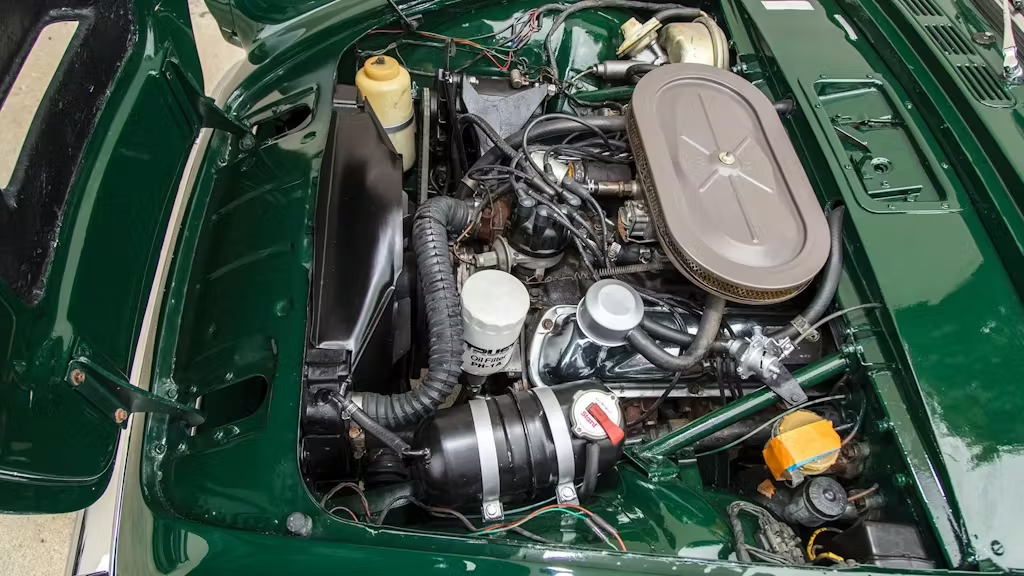
Early Tigers, now called the Mk I, used a somewhat mild 164-hp version of the 260-cubic-inch V-8 found in lower-tier Mustangs. After the first 3700 cars or so, the Tiger got squarer doors and added ventilation. Today these cars are known as Mk IA. In 1967, Sunbeam introduced the Tiger Mk II, which came with different headlight trim, an egg-crate grille, lower body striping and, most importantly, a 289 V-8 rated at 200 hp. The Mk II didn’t last long, though, as Chrysler had bought the Rootes Group. Selling a sports car with Ford power was a bit of a faux pas, and Chrysler didn’t make any V-8s that would fit in the Alpine chassis, anyway.
Given their history, layout, and Shelby connection, Tigers have long been referred to as a “poor man’s Cobra.” The truth is that these cars haven’t been cheap for a long time, but “upper middle class man’s Cobra” just doesn’t have the same ring to it. Tiger values shot up in the early 2010s, peaked about nine years ago, and have trailed since, but they’re still fairly expensive. The #2 value for an early Mk I is $62,000. For a Mk IA, it’s $70,800, and for a 289-powered Mk II it’s $112,000. Given the massive availability of Ford engines, plenty of people have swapped a 289 into an earlier Mk I/Mk IA or even an Alpine, and these DIY Tiger Mk II clones are naturally far cheaper than the real thing.
AC Ace Bristol
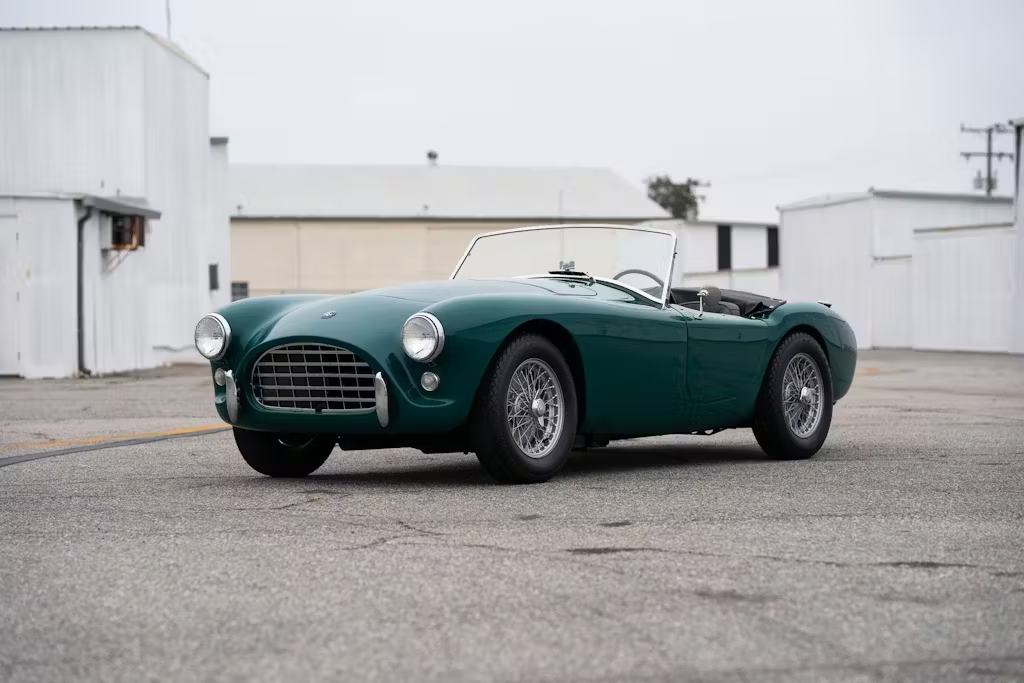
Although it doesn’t have a V-8, the Ace Bristol is the car that directly led to the Cobra, so there will always be a strong connection there in terms of collectibility. And even if the Cobra had never happened, history would still remember the AC Ace fondly, and it would still be a valuable classic.
AC introduced the Ace at the 1953 Earls Court Motor Show, and although it was both light weight and gorgeous, the AC-designed 2.0-liter six-cylinder under the hood was an ancient thing that produced under 100 hp. Starting in 1956, buyers could pay a little extra for the hotter 2.0-liter straight-six sourced from Bristol, which gave over 120 hp. With Bristol power, Aces were winners on both sides of the Atlantic, with class wins at Le Mans and championships in the SCCA’s E-, D-, and C-Production classes.
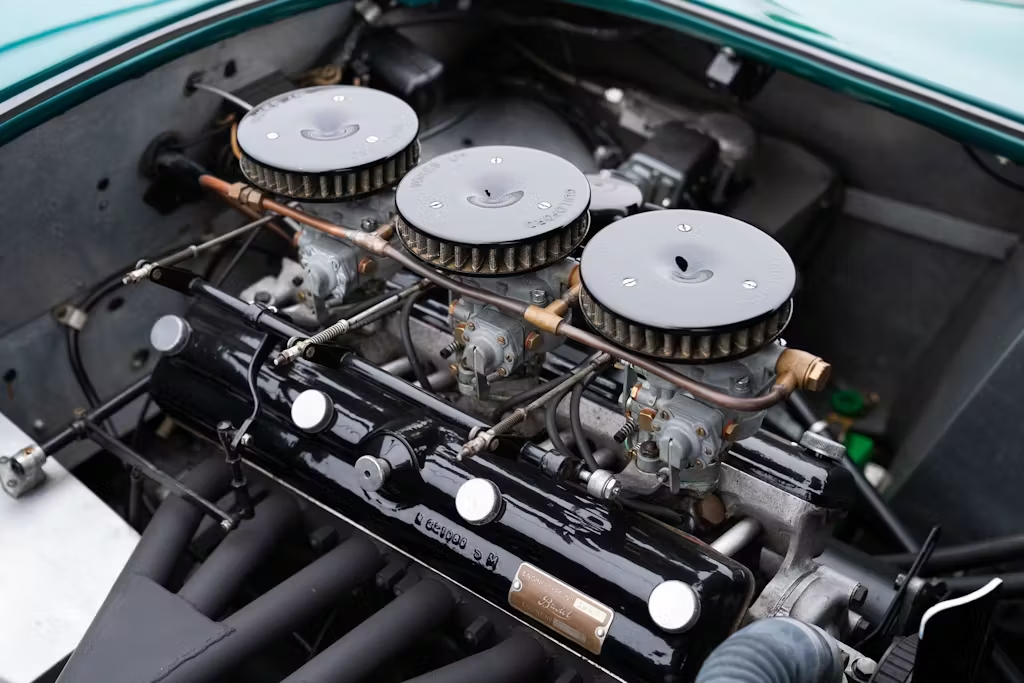
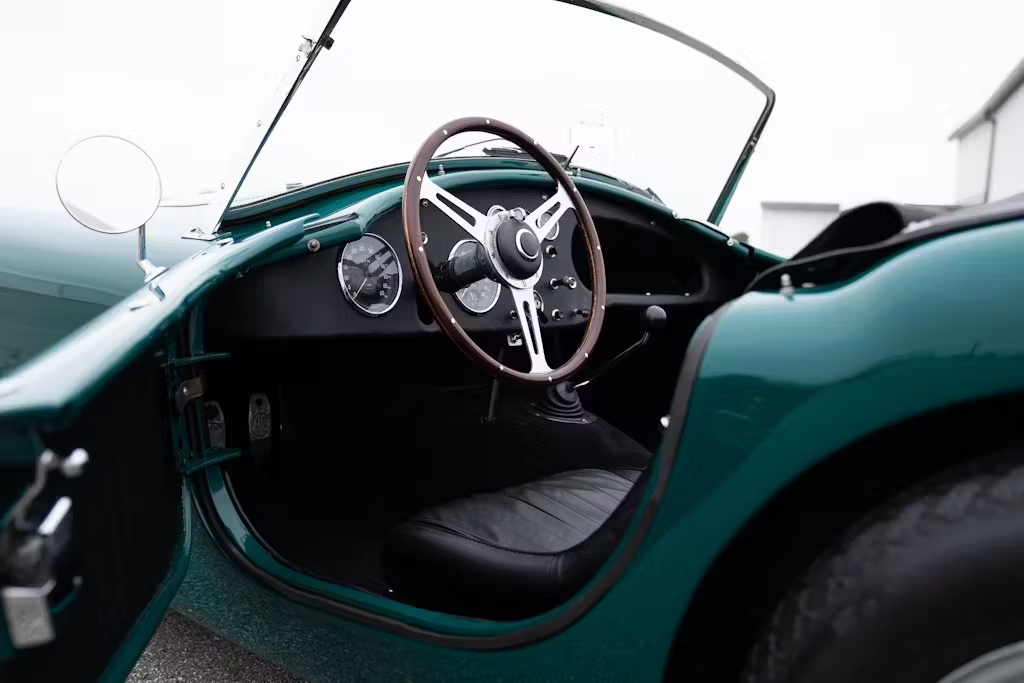
AC built fewer than 750 Aces of all types before Carroll Shelby entered the picture. Their prices have been pulled up by their more famous American-hearted cousins, which means the current #2 value for an Ace Bristol is $374,000. The #3 value is $273,000. Aces with the base, non-Bristol engine are worth significantly less, although some have had the more desirable Bristol engine swapped in.
Shelby Cobra
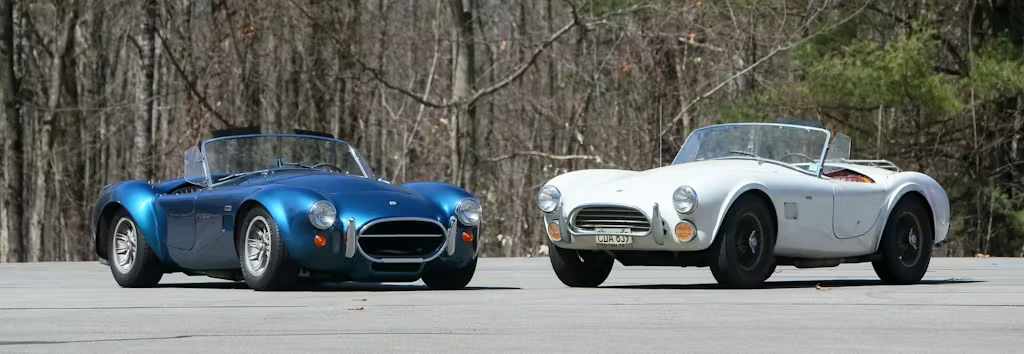
If you can afford a Cobra, well … congratulations. But it’s important to note that Cobras went through changes big and small over the course of their short production run, and those changes can have a significant impact on value. Different cars also have different histories, race records, levels of originality, etc., but generally speaking, here’s what our price guide says.
The early, 260-cu-in cars are generally the least desirable, yet still have a #3 value of $778,000 and a #2 value of $926,000. Next up are the early 289-powered cars, which still utilized the worm-and-sector (“W&S”) steering from the AC Ace. They have a #3 value of $794,000 and a #2 value of $933,000. In late 1962, the 289 Cobra got a revised front end with superior rack-and-pinion (“R&P”) steering. These R&P cars are significantly pricier than their earlier W&S cousins with a #3 value of $886,000 and a #2 value of $1,200,000.
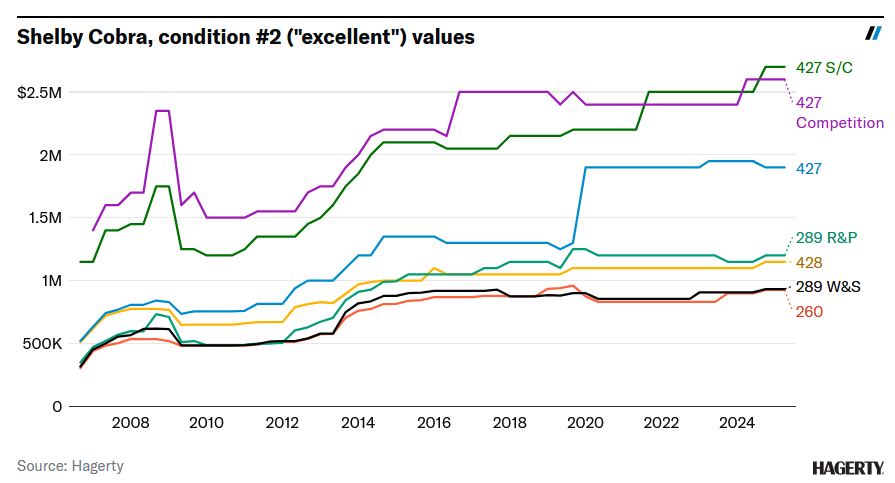
By 1965, the big-block Cobras had arrived, and these boasted not just a big bump in power but an entirely new, beefier chassis and fully independent suspension. Shelby sold them as 427 Cobras, but some actually got Ford’s 428 V-8, which despite the extra cube was a longer-stroke, lower-cost, and less-powerful engine than the racier 427 used in the rest. A 428-powered Cobra is currently worth $884,000 in #3 condition and $1,150,000 in #2 condition. Earlier 427 road cars built for the 1965–66 model years are currently worth $1,300,000 in #3 condition and $1,900,000 in #2 condition. The 427s built for later 1966 and ’67 are worth a bit less at $1,100,000 in #3 condition and $1,350,000 in #2 condition. Next up are the semi-competition (“S/C”) models, which were essentially detuned race cars sold for the street. Cobra 427 S/Cs have a #3 value of $2,250,000 and a #2 value of $2,700,000. Finally, there are the full-throated, 550-hp 427 Competition cars, which are $2,050,000 in #3 condition and $2,600,000 in #2 condition, though race history and originality are more important than condition with these.
Report by Andrew Newton
find more news here.
